The aluminum extrusion process is a manufacturing method that involves shaping aluminum billets or logs into specific profiles or shapes. Aluminum extrusions have been around for over a century. The process was first developed in the early 1900s by Alfred Wilm, a German metallurgist. Wilm discovered that hot extrusion of aluminum could produce complex shapes with high strength and lightweight, making it ideal for industrial and architectural applications. Read More…
Serving the aluminum extrusions world from Cleveland, Ohio, Talan Products specializes in a range of aluminum extrusion products and services.
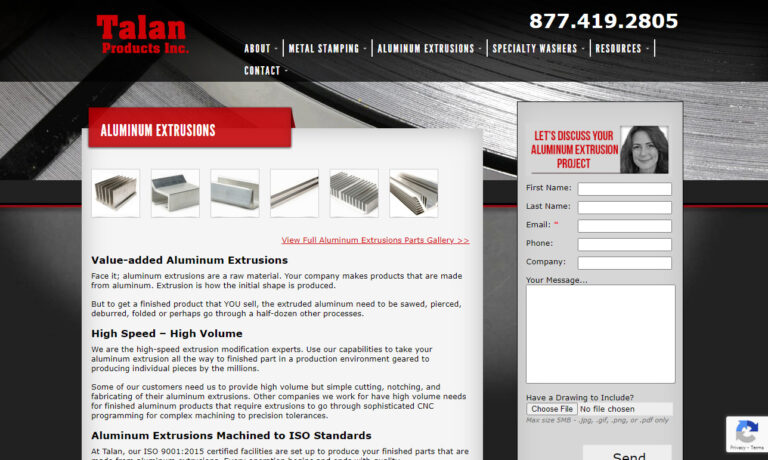
Quality Stamping & Tube Corp has been a leader in the aluminum extrusions and metal stamping industries for over 40 years. We attribute our success to our in-house die-making capabilities and wide range of extruded parts. All of our products are manufactured with quick turnaround and made to be high quality and durable. Our aluminum extrusions follow guidelines of up to 6 inches in diameter and...
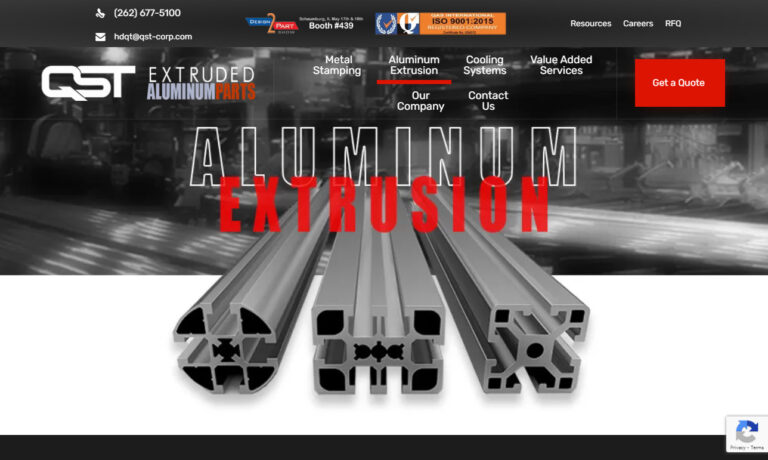
Since 1986, GSH Industries has offered on time delivery and competitive pricing. With over 40,000 square feet of manufacturing, we offer aluminum extrusion products and services.
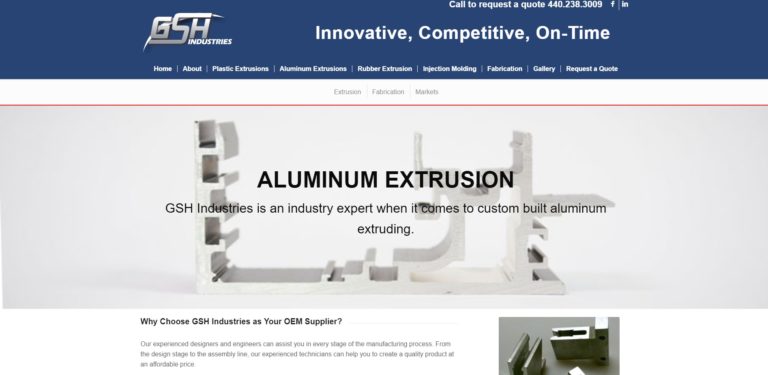
Dajcor Aluminum is the leading North American supplier of extruded, fabricated/machined, anodized and assembled components to the automotive, renewable energy, transportation, rail, marine, building trades, military, medical architectural and wall partition systems, office furniture, emergency vehicle and consumer product industries. Dajcor is an aluminum extrusion company with complete value add ...
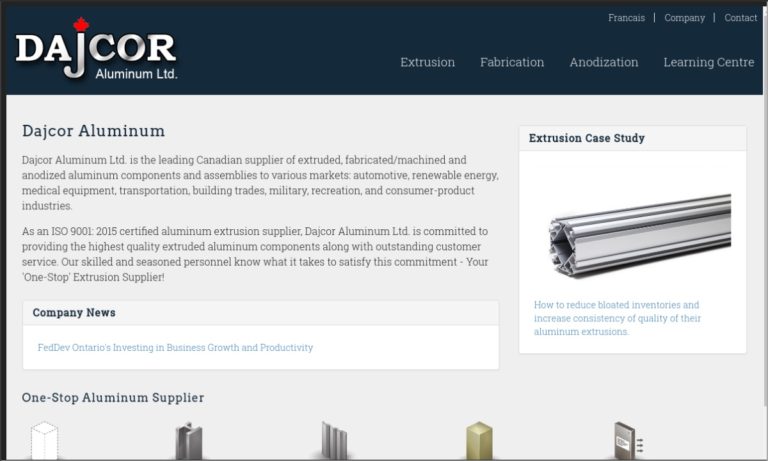
More Aluminum Extrusions Manufacturers
During the 1940s and 1950s, aluminum extrusion technology evolved to produce more intricate and complex shapes, perfect for various innovative applications. With the introduction of new alloys aluminum extrusions boast enhanced strength and superior corrosion resistance. In the 1960s and 1970s, aluminum extrusions gained significant traction in the automotive industry as manufacturers aimed to reduce vehicle weight and improve fuel efficiency. This led to the widespread adoption of aluminum for essential structural components like body frames and engine parts.
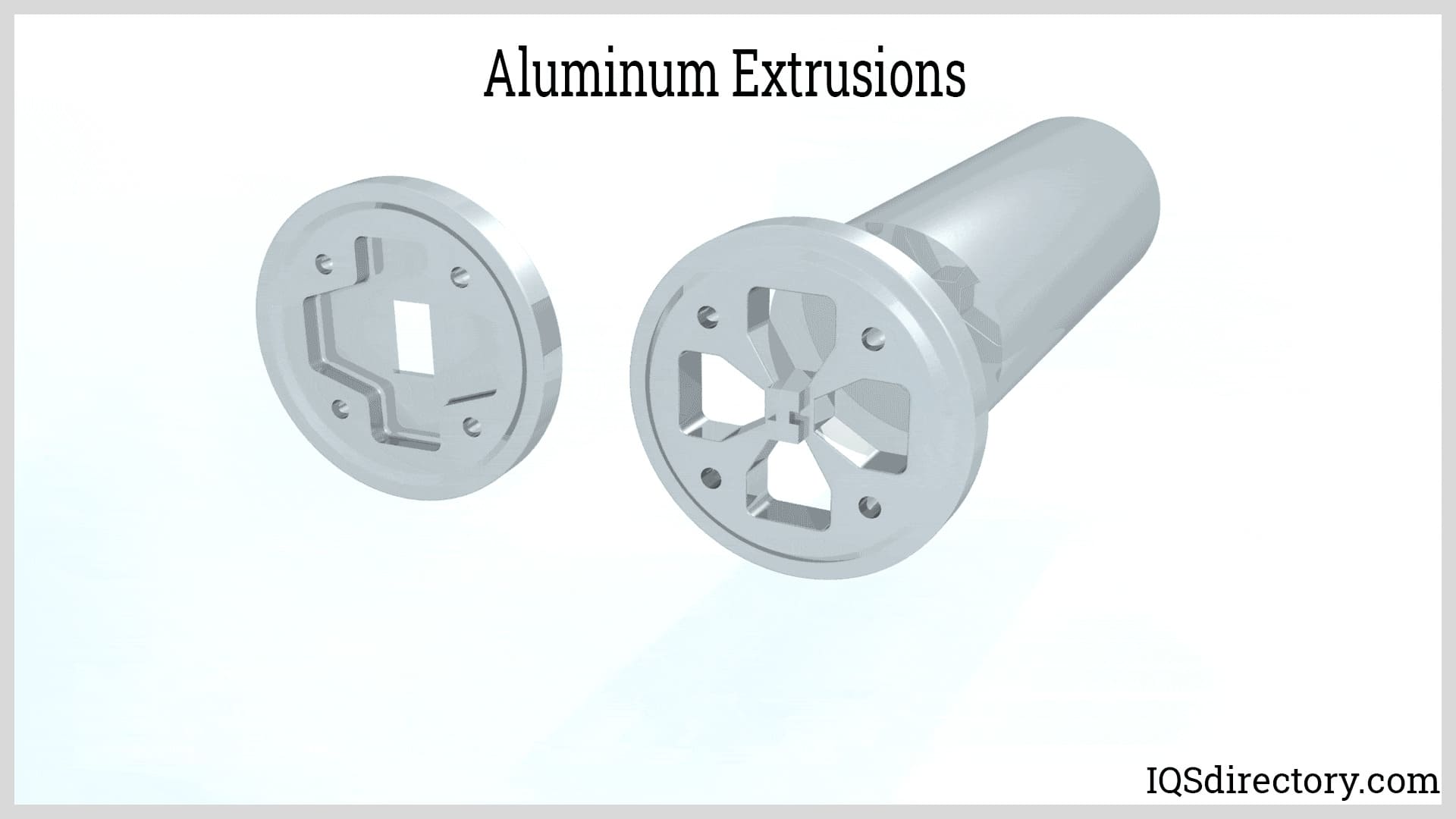
The Aluminum Extrusion Process
The aluminum extrusion process begins with the selection of high-quality billets, which are then heated to a precise temperature and forced through a die under high pressure. This fundamental procedure is bifurcated into two primary methods: hot extrusion and cold extrusion, each suited for distinct applications and offering unique advantages.
Hot Extrusion: This process involves heating the aluminum billet to approximately 450°C (850°F) or higher. The elevated temperature significantly enhances the aluminum’s plasticity, facilitating the production of large, intricate profiles with precise geometric tolerances. The billet, once heated, is subjected to high-pressure extrusion through a die, enabling the formation of complex shapes. Hot extrusion is particularly advantageous for manufacturing components that demand intricate designs and robust mechanical properties, such as those used in the aerospace and automotive sectors. The high-temperature environment ensures the extrusions exhibit excellent mechanical strength and are well-suited for load-bearing applications.
Cold Extrusion: Performed at ambient temperature without preheating the billet, cold extrusion offers distinct benefits including superior surface finish and dimensional accuracy. This method is optimal for producing smaller, less complex profiles with uniform cross-sections. Cold extrusion is particularly effective for applications where tight tolerances and high surface quality are critical, such as in the fabrication of electrical components, heat sinks, and precision parts. Additionally, cold extrusion is more energy-efficient compared to hot extrusion due to the absence of a heating phase.
The selection between hot and cold extrusion processes is dictated by various factors including profile size and complexity, required mechanical properties, dimensional precision, and surface finish. Each method is strategically employed based on the specific requirements of the application, ensuring the production of high-quality aluminum extrusions tailored to meet rigorous industry standards.
Various Types of Aluminum Extrusions
Aluminum extrusions are available in a diverse range of types, for different functional and aesthetic demands. Standard profiles featuring regular geometries such as squares, rectangles, and rounds, are extensively used across multiple industries due to their broad applicability and ready availability.
In contrast, custom profiles are precision-engineered to satisfy unique design specifications, allowing for the creation of complex and intricate shapes that provide enhanced design flexibility. This customization capability is particularly valuable for applications requiring bespoke solutions.
Aluminum extrusions are further classified into hollow and solid profiles. Hollow profiles, characterized by their open cross-sections, offer a lightweight yet structurally efficient option. They are integral to applications where weight reduction is paramount, such as in the aerospace and automotive sectors. Conversely, solid profiles, with their continuous, solid cross-sections, are favored in applications demanding superior strength and rigidity.
A distinction is also made between structural and decorative profiles. Structural profiles are designed to endure substantial loads and provide essential support in construction and engineering projects, where strength and durability are critical. Decorative profiles, meanwhile, focus on enhancing aesthetic appeal, making them suitable for architectural elements and products where visual impact is a priority.
Manufacturers to select profiles that precisely match their application requirements, taking into account factors such as functionality, structural integrity, aesthetic considerations, and material properties. This versatility underpins the widespread adoption of aluminum extrusions across numerous industries, underscoring their adaptability and utility.
Aluminum Alloy Series’ Used for Extrusions
When it comes to aluminum, it’s crucial to choose the best alloy for its application. The most commonly recognized aluminum alloy series include the 1xxx, 2xxx, 3xxx, 4xxx, 5xxx, 6xxx, 7xxx, and 8xxx series. Each series is defined by its main alloying element, which imparts specific characteristics to the alloy. For instance, the 1xxx series is almost pure aluminum, while the 2xxx series features copper as the primary alloying element.
Among these, the 6xxx series is the most popular choice for aluminum extrusions. Alloys like 6061 and 6063 in this series are renowned for their excellent balance of strength, formability, and corrosion resistance. With magnesium and silicon as their main alloying elements, these alloys are easy to extrude, weld, and finish, making them ideal for a wide range of applications in construction, automotive, and consumer goods.
The 5xxx series, including alloys like 5052 and 5083, is also widely used for extrusions. These non-heat-treatable alloys are known for their exceptional corrosion resistance, thanks to magnesium as the primary alloying element. They offer good formability and weldability, making them perfect for marine and architectural applications where resistance to corrosion is essential.
In addition to the 6xxx and 5xxx series, the 7xxx series may be used for specific applications that demand high strength, such as in the aerospace and high-performance industries. The choice of alloy series depends on the specific requirements of your application, including factors like strength, corrosion resistance, and formability.
Our team carefully selects the appropriate alloy series to ensure that your extruded aluminum products meet all performance and functionality expectations. Whether you need high strength, excellent corrosion resistance, or superior formability, we have the right alloy for your needs.
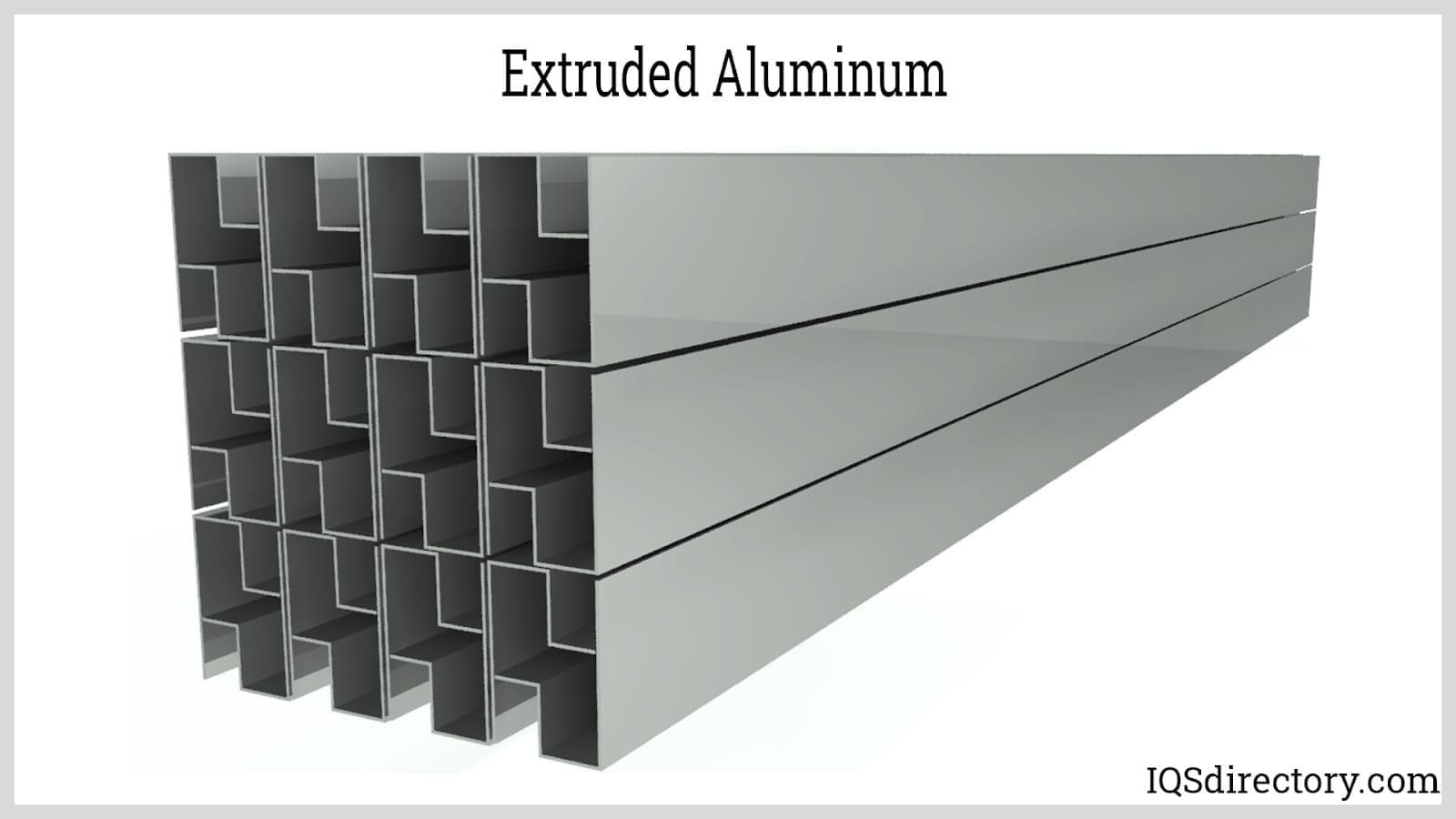
Limitations of Aluminum Extrusions
One of the challenges associated with aluminum extrusions is the limitation on the size and complexity of the profiles that can be produced. The extrusion process is constrained to certain dimensions and shapes, which can pose difficulties when creating intricate designs. Furthermore, the process carries a risk of surface damage during extrusion, as well as potential distortion or warping during the cooling phase.
Benefits of Aluminum Extrusions
Aluminum extrusions are renowned for their numerous benefits, making them a preferred choice across various industries. A key advantage is their exceptional strength-to-weight ratio. Compared to other metals like steel, aluminum is significantly lighter while still offering impressive strength. This lightweight characteristic facilitates easier handling, transportation, and installation, thereby reducing overall manufacturing and operational costs.
Corrosion resistance is another notable benefit. Aluminum naturally forms a protective oxide layer, which shields it from corrosion, ensuring high durability and suitability for harsh environments or corrosive elements. This inherent resistance minimizes the need for frequent maintenance and extends the lifespan of products and structures.
The versatility in design provided by aluminum extrusions is yet another advantage. The extrusion process allows for the creation of complex and intricate shapes with precise tolerances. Manufacturers can tailor profiles to meet specific design requirements, resulting in highly functional and aesthetically appealing products. Additionally, aluminum extrusions can be easily fabricated, machined, and joined, enhancing their adaptability.
Energy efficiency is a crucial benefit as well. Aluminum’s excellent thermal conductivity enables effective heat dissipation, which is particularly valuable in applications like heat sinks where efficient thermal management is essential. This property contributes to energy savings and improved performance across various industries.
Furthermore. Aluminum is relatively easy to recycle, and the extrusion process creates minimal waste. Recycling aluminum requires substantially less energy compared to primary production, making it an environmentally sustainable choice. This recyclability supports the circular economy and reduces the overall carbon footprint. Aluminum extrusions are an ideal solution for a wide range of applications, from construction and automotive to renewable energy.
Applications of Aluminum Extrusions
Building and Construction
Aluminum extrusions are an excellent choice for the construction industry due to their lightweight nature, high strength, and exceptional corrosion resistance. You’ll find them in a variety of applications, such as window and door frames, curtain walls, and roofing systems. They’re ideal for creating durable and long-lasting building components, ensuring both structural integrity and aesthetic appeal in projects.
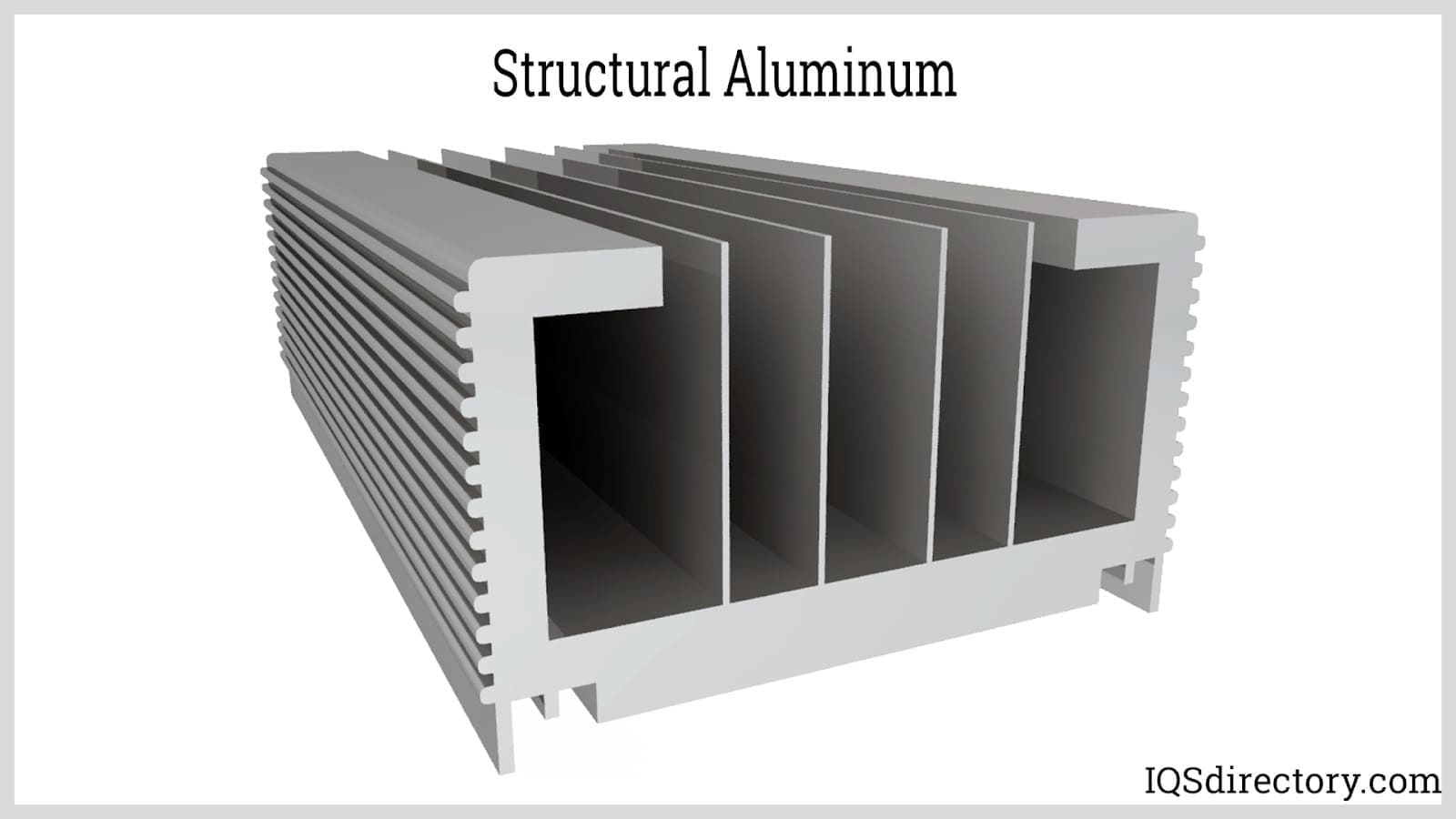
Automotive Industry
Aluminum extrusions have long been integral to the automotive industry, particularly for structural components like body frames, engine parts, and suspension systems. Their lightweight yet high-strength properties significantly contribute to enhancing fuel efficiency and reducing emissions. The ability to extrude complex, precision-engineered profiles enables the creation of components that meet stringent performance and safety standards while also addressing the industry’s increasing demand for lightweight materials.
Aerospace Industry
Aluminum extrusions are extensively utilized in the aerospace industry, primarily due to their superior strength-to-weight ratio and excellent corrosion resistance. These properties make them ideal for critical applications such as aircraft frames, wings, and fuselages. They are integral in manufacturing rocket components and satellite structures because they maintain structural integrity under extreme conditions.
Electrical Industry
Aluminum extrusions are an excellent choice for the electrical industry, frequently used for applications such as busbars and heat sinks. Their high thermal conductivity ensures efficient heat dissipation, while their excellent electrical conductivity makes them ideal for conducting electricity. They’re a reliable and efficient material for your electrical components and systems.
Medical Equipment
Aluminum extrusions are an ideal choice for manufacturing medical equipment, including wheelchair frames, hospital beds, and surgical instruments. They provide a lightweight yet durable solution, ensuring ease of handling and longevity. Additionally, aluminum extrusions are easy to clean and sanitize, meeting the strict hygiene standards required in medical environments. Their robustness and versatility make them perfect for creating reliable and high-quality medical devices.
Renewable Energy
Aluminum extrusions are gaining significant traction in the renewable energy sector, particularly for applications such as solar panel frames and wind turbine components. Their lightweight yet high-strength properties make them ideal for structures that must endure harsh environmental conditions. Their corrosion resistance and durability ensure long-term performance and reliability in demanding outdoor environments, further enhancing their suitability for renewable energy projects.
Consumer Products
Aluminum extrusions are widely used in various consumer products, including furniture, sporting equipment, and household appliances. They provide a sleek, modern design while being lightweight and durable, making them an ideal choice for enhancing both the functionality and aesthetic appeal of these products.
Marine Applications
In the marine industry, aluminum extrusions are highly valued due to their superior corrosion resistance, lightweight properties, and excellent strength-to-weight ratio. These attributes make them indispensable in boat construction, where they are extensively utilized for fabricating structural components such as hulls, decks, bulkheads, and superstructures. Their application not only enhances the durability and performance of marine vessels but also contributes to overall efficiency and cost-effectiveness in manufacturing and maintenance.
h3>Choosing the Right Aluminum Extrusion Manufacturer
To achieve optimal results when procuring aluminum extrusions, it is crucial to evaluate several manufacturers through our comprehensive directory. Each manufacturer’s profile page showcases their expertise and capabilities, along with a contact form for further inquiries or quote requests. Utilize our patented website previewer to efficiently discern each company’s specialties. Finally, leverage our streamlined RFQ form to simultaneously contact multiple manufacturers with a single request, ensuring you gather competitive quotes and information.
Check out our Metal Stampings website
Check out our Investment Castings website










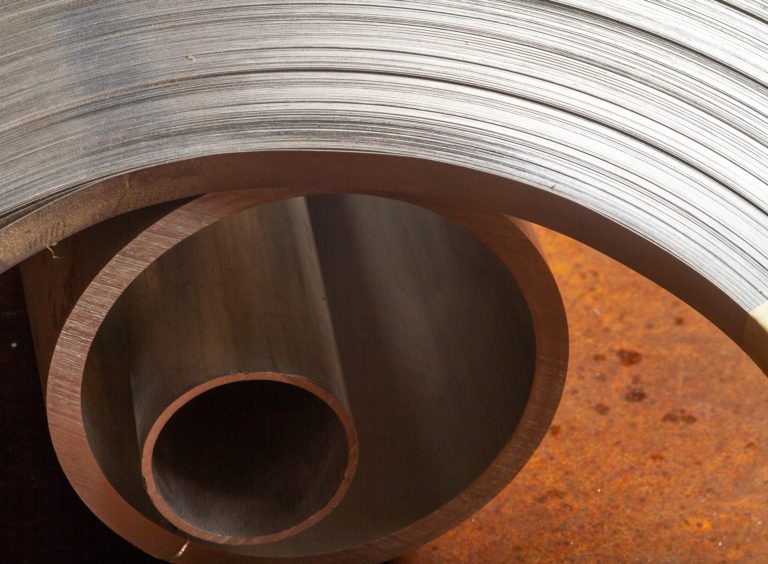 Alloy Suppliers
Alloy Suppliers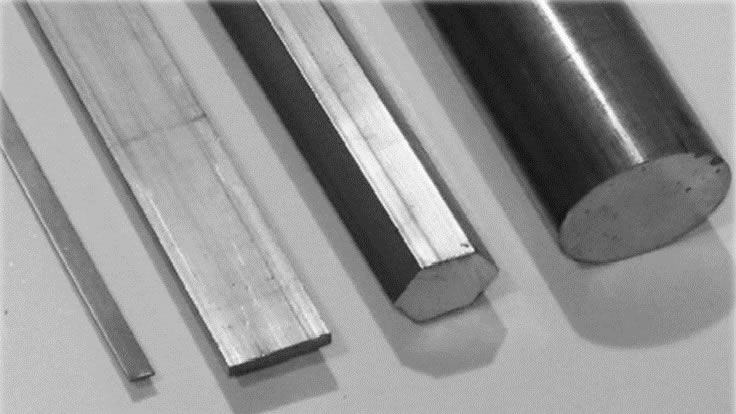 Aluminum
Aluminum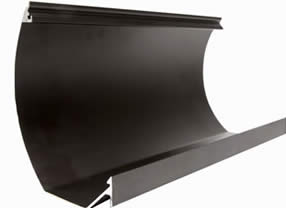 Aluminum Extrusions
Aluminum Extrusions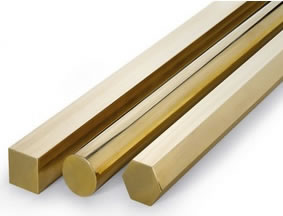 Copper-Brass-Bronze
Copper-Brass-Bronze Nickel
Nickel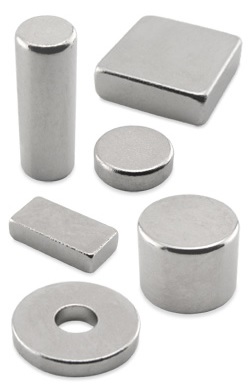 Magnets
Magnets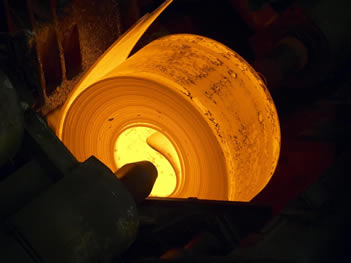 Stainless Steel
Stainless Steel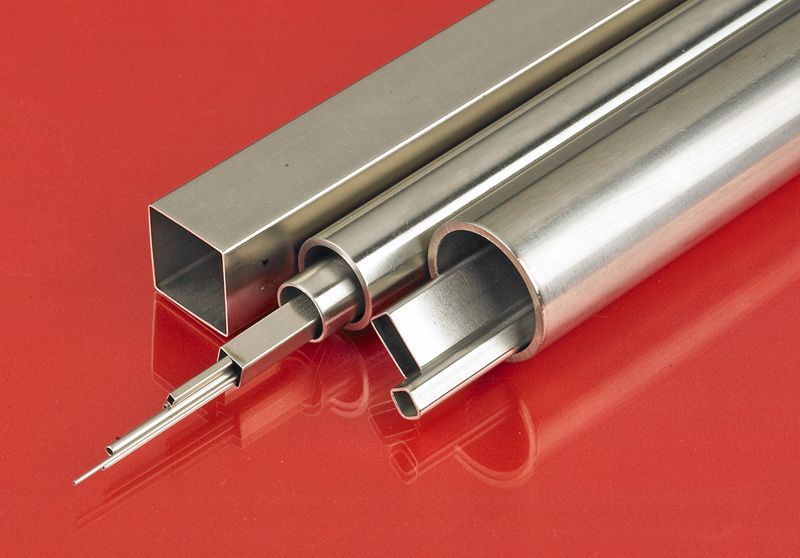 Stainless Steel Tubing
Stainless Steel Tubing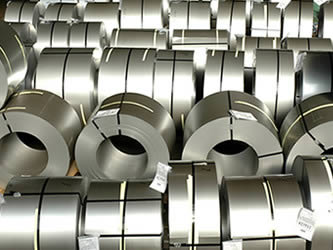 Steel Service Centers
Steel Service Centers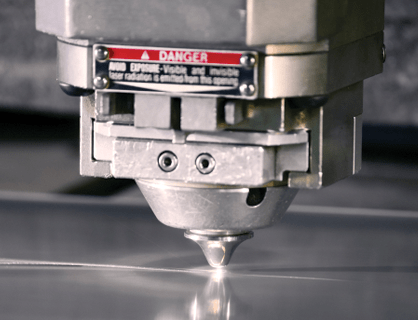 Titanium
Titanium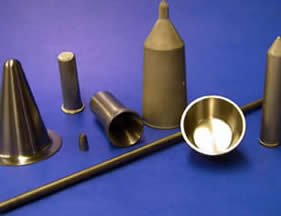 Tungsten
Tungsten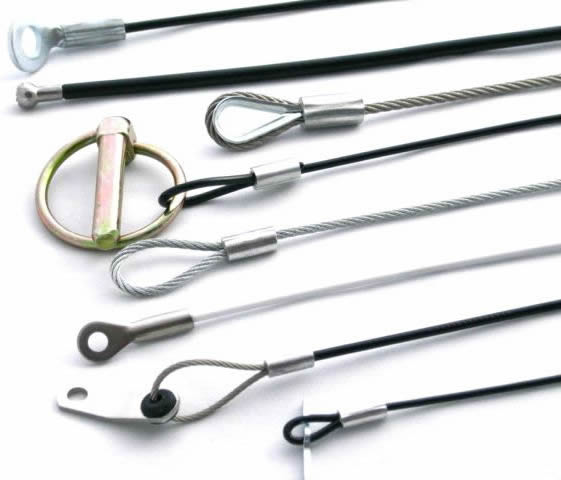 Wire Rope
Wire Rope Castings & Forgings
Castings & Forgings Bulk Material Handling
Bulk Material Handling Electrical & Electronic Components
Electrical & Electronic Components Flow Instrumentation
Flow Instrumentation Hardware
Hardware Material Handling Equipment
Material Handling Equipment Metal Cutting Services
Metal Cutting Services Metal Forming Services
Metal Forming Services Metal Suppliers
Metal Suppliers Motion Control Products
Motion Control Products Plant & Facility Equipment
Plant & Facility Equipment Plant & Facility Supplies
Plant & Facility Supplies Plastic Molding Processes
Plastic Molding Processes Pumps & Valves
Pumps & Valves Recycling Equipment
Recycling Equipment Rubber Products & Services
Rubber Products & Services